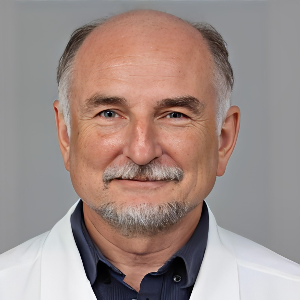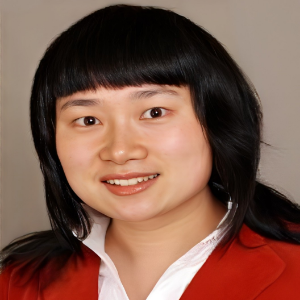Targeted drug administration, also known as smart drug delivery, is a technique for administering medications to a patient in such a way that the medication is more concentrated in some areas of the body than others. This method of delivery is mostly based on nanomedicine, which aims to use medication administration via nanoparticles to counter the drawbacks of traditional drug delivery. These drug-loaded nanoparticles would be directed to specific areas of the body that only contain sick tissue, avoiding contact with healthy tissue. A targeted medicine delivery system aims to extend, localise, target, and engage with the sick tissue in a safe manner. While the targeted release system delivers the medicine in a dose form, the traditional drug delivery method involves the drug being absorbed through a biological membrane. The patient will need to take fewer doses more frequently, the medicine will have a more consistent impact, there will be fewer adverse effects, and there will be less volatility in the drug levels in the blood. The system's drawbacks include a hefty price tag that makes productivity more challenging and a limited capacity to change doses. To maximise the effectiveness of regeneration methods, targeted medication delivery systems have been created. The system is based on a technique that delivers a specific quantity of a therapeutic drug to a particular sick location over an extended period of time. This aids in maintaining the necessary blood serum and tissues drug concentrations in the body, preventing any drug-induced harm to healthy tissue. The medication delivery system is extremely interconnected, so it takes experts from several fields—such as chemists, biologists, and engineers—working together to make it as efficient as possible.

Vladlen Slepak
University of Miami Miller School of Medicine, United States
Yong Xiao Wang
Albany Medical College, United States
Consolato M Sergi
Universities of Alberta and Ottawa, Canada



Title : The impact of metal-decorated polymeric nanodots on proton relaxivity
Paulo Cesar De Morais, Catholic University of Brasilia, Brazil
Title : Hepatotoxic botanicals-shadows of pearls
Consolato M Sergi, Universities of Alberta and Ottawa, Canada
Title : Exploring classical ayurvedic drugs in hypertension
Prashant Bhokardankar, Datta Meghe Ayurved College, India
Title : Principles and standards for managing healthcare transformation towards personalized, preventive, predictive, participative precision medicine ecosystems
Bernd Blobel, University of Regensburg, Germany
Title : Personalized and Precision Medicine (PPM) as a unique healthcare model based on design-inspired biotech- & biopharma-driven applications to secure the human healthcare and biosafety
Sergey Suchkov, N.D. Zelinskii Institute for Organic Chemistry of the Russian Academy of Sciences & InMedStar, Russian Federation
Title : Antibody proteases as translational tools of the next step generation to be applied for biopharmacy related and precision medical practice
Sergey Suchkov, N.D. Zelinskii Institute for Organic Chemistry of the Russian Academy of Sciences & InMedStar, Russian Federation
Title : Easily injectable, organic solvent free self assembled hydrogel platform for endoscope mediated gastrointestinal polypectomy
Hitasha Vithalani , IIT Gandhinagar, India
Title : Cognitivevoice: Novel machine learning model leveraging acoustic features to predict future cognitive decline in Parkinson’s Disease
Aadya Daga, Hamilton High School, United States
Title : Platelet-activating factor-receptor pathway mediates solar radiation-induced extracellular vesicle release in human keratinocytes
Ravi P Sahu, Wright State University, United States